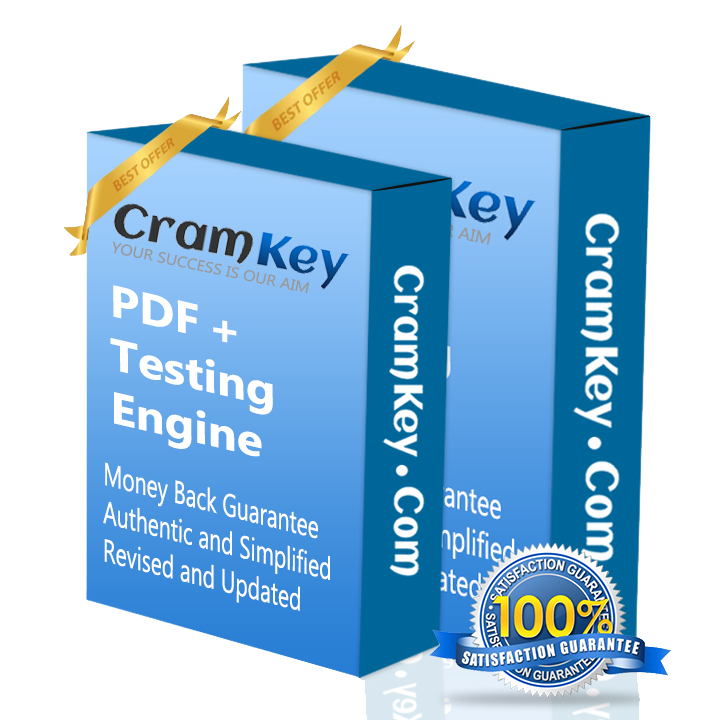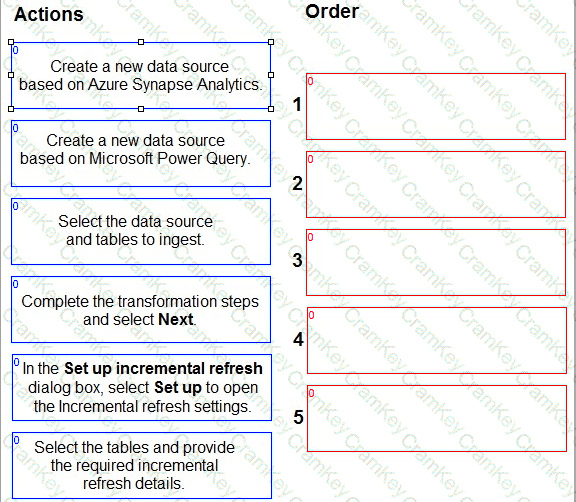$174.99
$61.25
Last Update January 21, 2026
Total Questions : 121 With In-Depth Explanation

$114.99
$40.25
Last Update January 21, 2026
Total Questions : 121 With In-Depth Explanation
$134.99
$47.25
Last Update January 21, 2026
Total Questions : 121
Customers Passed
Microsoft MB-280
Average Score In Real
Exam At Testing Centre
Questions came word by
word from this dump
Are you trying to pass Microsoft exam MB-280 Certification dumps with your own hands? Then you're in the right place. Here you'll find all the necessary preparation materials for passing MB-280 on your first attempt. Whether you are just a student looking for some practice exams or an actual Microsoft Dynamics 365 Customer Experience Analyst certification holder looking for some exam simulation questions, this MB-280 certification material will help you get all the confidence needed to succeed in exam.
MB-280 Exam is a great way to get certified. Whether you are looking for work or just want to further your career with a new job title, this certification is sure to make a difference in your life. It gives you a head start in the career field of development.
If you are preparing for MB-280 Microsoft Certified: Dynamics 365 Customer Experience Analyst Associate exam, then we provide you the best platform of practice test software online. Our MB-280 Microsoft dumps cramkey are latest and verified by IT professionals. This course is designed to teach students everything they need to pass MB-280 exam and get a certification from cramkey. All this is possible because of our Microsoft Dynamics 365 Customer Experience Analyst practice exams; we have made available the real exam questions with the answers. They are valid and we guarantee your success. MB-280 Exam dumps are available in two types: PDF and Testing Engine format. These practice test are very easy to download and install.
When you purchase our Microsoft Microsoft Dynamics 365 Customer Experience Analyst Question Dumps, PDF version, Test Engine software, exam simulator you are guaranteed to pass the certification exam. It includes all the questions you need to prepare for your exam. The Microsoft MB-280 practice test includes the questions with answers, you just need to read and learn for some days.
You will pass MB-280 Microsoft exam if you prepare well with the help of our latest exam dumps. Here are some helpful suggestions: Choose the MB-280 product type with our official exam-dumps (PDF, Testing Engine or PDF + Testing Engine). Download the MB-280 exam dumps on your computer, then you will easily have the convenience to complete the exam dumps as many times as needed. Don't try to memorize questions and answers instead focus on the learning process. Study the real exam test questions as if you're taking the test. Practice makes perfect, no matter how much you study. MB-280 Microsoft Certified: Dynamics 365 Customer Experience Analyst Associate Guide has helped thousands of IT professionals pass exams with flying colours.
The Microsoft MB-280 exam dumps is a series of exam questions designed to help candidates pass the certification exam with good scores. These exam dumps are comprehensive braindumps which have been prepared by experts with years of experience. The dumps are organized into easy to follow topics and questions, so it is extremely easy to locate any specific topic you want to review. The Microsoft MB-280 question dumps are the most popular exam preparation tools among students and professionals.
Have a look at
We are happy to introduce the only available, updated and comprehensive questions answers for MB-280 Microsoft exam. Our MB-280 questions and answers come with real-world scenarios, solutions and expert answers to make sure our users that they get the best study materials. Our Microsoft MB-280 products are designed by Certified Experts and have been proven by millions of people to be the best MB-280 study guides.
Don’t worry. Not all Microsoft MB-280 questions are alike. Sure, some questions will just be straightforward. But some are trickier, and require a little more knowledge to answer. This can be intimidating, especially if you’ve never done MB-280 test prep before. With the right guidance, you’ll be fine. The key to answering MB-280 test Exam questions is to approach the questions logically.
Microsoft MB-280 PDF dumps Questions will make you confident about your knowledge of the exam. You will definitely get a quality score in the exam by taking MB-280 Exam questions. There is no need to fear the results because we have made sure that you will pass easily. You will be surprised to see that the Microsoft MB-280 questions are very similar to the actual exam and the answers are also similar to the ones which are available in the exam center. The preparation material will help you get the right information for the exam and you will surely achieve a good score.


Have a Question?
Compare
| Features | Engine | ||
|---|---|---|---|
| Free 3 Months Microsoft MB-280 Exam Questions and Answers Update | |||
| 100% Microsoft MB-280 Money back Guarantee and Passing Guarantee | |||
| Fully SSL Secure System of Purchase for Microsoft MB-280 Exam | |||
| We Respect Privacy | |||
| Fully Exam Environment | |||
| 2 Modes of MB-280 Practice Exam in Testing Engine | |||
| Exam Score History | |||
DRAG DROP
Your organization introduced a new loyalty solution that exposes the loyalty profile and related point transactions in an Azure SQL Database.
You need to ensure the new loyalty data is imported from the Azure SQL Database into Dynamics 365 Customer Insights – Data and refreshed incrementally.
Which five actions should you perform in sequence within Customer Insights – Data before selecting Save to complete the creation? To answer, move the five appropriate actions from the list of actions to the answer area. Arrange the five actions in the correct order.
